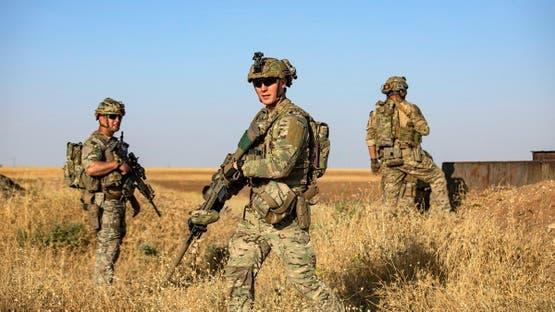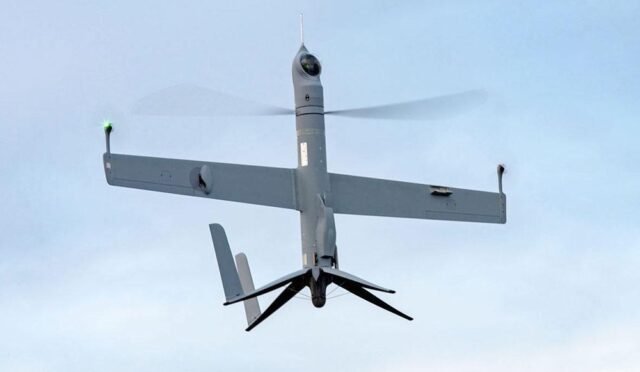US Troops in Syria: Pentagon Announces Major Withdrawal Plan
The Pentagon made a significant announcement on Friday, revealing that the United States intends to reduce its military presence in Syria by nearly half, lowering the number of troops to fewer than 1,000 in the upcoming months. For years, American forces have been active in Syria as part of a broader international coalition aimed at combating the Islamic State (IS) group, which has exploited the instability caused by the ongoing civil conflict in the country.
Despite the progress made against IS, including substantial territorial losses, the group continues to present a threat. Pentagon spokesperson Sean Parnell stated that Defense Secretary will oversee the consolidation of U.S. forces in Syria to select locations, although he did not disclose specific sites. “This deliberate and conditions-based process is set to reduce the U.S. footprint in Syria to less than 1,000 troops in the coming months,” Parnell confirmed.
Skepticism Towards Military Presence
Former President Donald Trump has long expressed doubts regarding the efficacy of U.S. military involvement in Syria. Throughout his tenure, he advocated for troop withdrawals, stating in December that the United States should distance itself from the conflict. Trump emphasized that while Syria is embroiled in chaos, it is not a friend of the U.S., suggesting a complete withdrawal from what he considered an unnecessary engagement.
His remarks echoed a prevailing sentiment among critics of prolonged military operations, questioning the strategic rationale behind maintaining forces in a region rife with complexities. This skepticism remains a backdrop to the Pentagon’s current plans for troop reductions.
A History of Conflict Against IS
The United States initiated a concerted military response against IS following its alarming rise in 2014, launching an air campaign to support local forces, including the Kurdish-led Syrian Democratic Forces (SDF). As part of this effort, thousands of American troops were deployed to advise on and assist ground operations.
By December 2017, Iraq’s Prime Minister proclaimed a decisive victory over IS, while the SDF declared the downfall of the group’s so-called ‘caliphate’ in March 2019. However, remnants of IS fighters remain active in remote areas, leading to ongoing U.S. strikes aimed at curbing their resurgence.
Shift in Military Focus
In recent months, U.S. military operations in Syria have pivoted, with strikes increasingly directed at Yemen’s Houthi rebels due to their threats to international shipping routes, particularly since late 2023. This shift in focus came concurrent with rising tensions after the outbreak of the Gaza conflict, which resulted in multiple attacks on U.S. forces in Iraq and Syria by pro-Iran militias.
In response, American troops executed heavy retaliatory strikes on targets linked to Iran, noticeably decreasing the frequency of attacks against U.S. forces in the region.
Rising Numbers of Troops and Future Plans
Historically, the United States maintained a presence of around 900 military personnel in Syria engaged in operations against IS. However, the Pentagon reported a doubling of U.S. troops in Syria to about 2,000 earlier this year. As the U.S. prepares to scale back its presence, Iraq’s government has concurrently sought an end to the coalition’s operations within its borders.
Currently, the U.S. has approximately 2,500 troops stationed in Iraq, and both the United States and Iraq have committed to concluding the coalition’s military mission in federal Iraq by the end of 2025 and in the Kurdistan region by September 2026.







